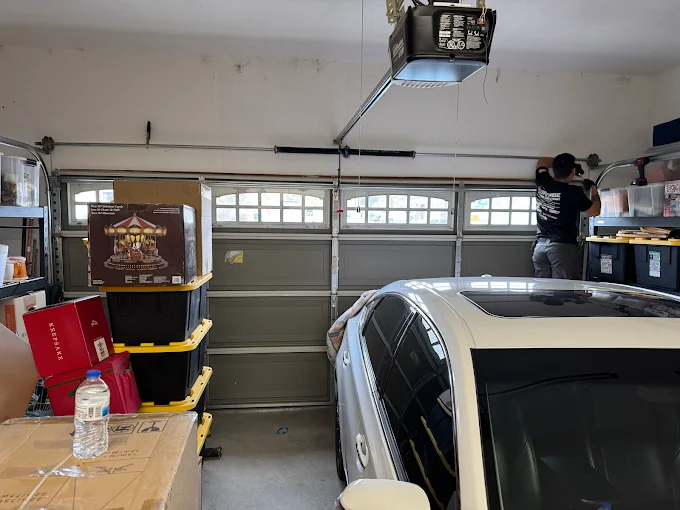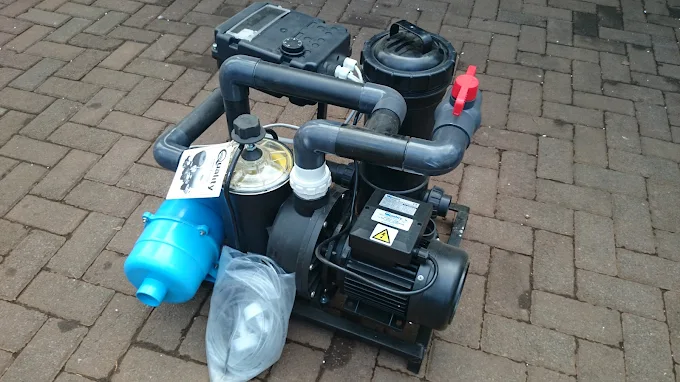
According to a new comprehensive report by The Business Market Insights, the global automotive composites market is witnessing substantial growth, fueled by the rising demand for lightweight materials in the automotive sector. This trend is largely driven by the need to improve fuel efficiency and comply with increasingly stringent environmental regulations.
Market Growth:
The Automotive Composites Market size is expected to reach US$ 27,374.53 million by 2031 from US$ 12,474.38 million in 2024. The market is estimated to record a CAGR of 12.3% from 2025 to 2031.
The “Automotive Composites Market Size and Forecast (2021–2031)” report offers an in-depth analysis of the global market, providing comprehensive insights across the following key areas:
- Market Size and Forecast:
Detailed estimations of the automotive composites market at global, regional, and country levels across all key market segments within the report’s scope. - Market Trends and Dynamics:
In-depth evaluation of market trends, growth drivers, challenges, and emerging opportunities shaping the industry landscape. - Strategic Frameworks:
Analysis using Porter’s Five Forces and SWOT methodologies to assess competitive pressure, industry attractiveness, and internal capabilities. - Comprehensive Market Overview:
Assessment of key market trends, regulatory frameworks, regional developments, and the strategic initiatives of major industry players. - Competitive Landscape:
Insightful review of market concentration levels, heat map analysis of competitive intensity, and recent developments by prominent market participants. - Company Profiles:
Detailed profiles of leading companies in the automotive composites space, highlighting their product portfolios, financial performance, strategic initiatives, and recent advancements.
The global automotive composites market is undergoing rapid growth, driven by the industry’s pressing need to reduce vehicle weight without compromising safety or performance. This shift is propelled by regulatory pressures, technological advancements, and the growing demand for electric and hybrid vehicles.
Automotive Composites Market News and Key Development:
The automotive composites market is evaluated by gathering qualitative and quantitative data post primary and secondary research, which includes important corporate publications, association data, and databases. A few of the key developments in the automotive composites market are:
- Gurit Holding AG announced a long-term supply contract for its Kerdyn PET structural foam core. The contract allows for exclusive supply of Kerdyn PET to the company’s Products for the use in office and commercial interior applications in the North American region. (Source: Gurit Holding AG, Company Website, Jan 2025)
- Hexcel Corp announced its intend to refocus its industrial business around preferred carbon fiber applications that align with its core competencies in Neumarkt, Austria. This is also expected to strengthen the company’s market position in Europe. (Source: Hexcel Corp, Press Release, Oct 2024)
Key Market Drivers
- Stringent Environmental Regulations:
Governments around the world are implementing tighter emissions and fuel efficiency standards. Automotive composites help manufacturers reduce vehicle weight, which directly translates into improved fuel economy and lower CO₂ emissions. This makes composites a strategic solution for regulatory compliance. - Rising Demand for Fuel-Efficient Vehicles:
Consumers are increasingly prioritizing fuel efficiency due to volatile fuel prices and environmental awareness. Lightweight composite materials contribute significantly to improved fuel economy, making them attractive for both manufacturers and consumers. - Growth of Electric and Hybrid Vehicles:
The rising adoption of electric and hybrid vehicles amplifies the need for lightweight materials to extend battery range and enhance performance. Composites offer excellent strength-to-weight ratios, making them ideal for EV applications. - Advancements in Composite Technologies:
Innovations in manufacturing processes and material science are making composites more affordable and easier to integrate into mass production. Automation, faster curing times, and recyclable materials are boosting the market’s scalability. - Increased Use in Structural and Non-Structural Components:
Automotive composites are being used in a wider range of applications, including body panels, chassis components, interiors, and under-the-hood parts. This broadening application spectrum is accelerating market penetration.
Automotive Composites Market Drivers and Opportunities
1. Growing Adoption of Electric Vehicles (EVs)
The global push toward cleaner transportation is rapidly accelerating the shift from traditional gasoline-powered vehicles to electric and hybrid models. Concerns about rising fuel prices and environmental sustainability have made electric vehicles (EVs) an increasingly attractive choice for consumers.
According to the International Energy Agency (IEA), more than 10 million electric cars were sold worldwide in 2022. That number is expected to jump by 35% in 2023, reaching around 14 million units. This surge is not just about consumer interest—it’s being strongly supported by government incentives. Many countries are offering reduced purchase costs, waiving registration fees, and even providing free or subsidized charging infrastructure to encourage EV adoption.
To further support this transition, governments are also investing heavily in transportation infrastructure. For example, the U.S. government has committed to spending $87 billion on new highway construction over the next five years. All of these factors are driving up EV production—and with that, the demand for lightweight, high-performance materials like automotive composites is soaring. Composites play a key role in improving EV range and efficiency by reducing vehicle weight without sacrificing strength or safety.
2. Expansion of the Automotive Industry in Emerging Economies
The automotive sector is booming in several emerging markets, including Brazil, China, India, Mexico, and South Africa. Rising disposable incomes and increasing urbanization are fueling the demand for both passenger and commercial vehicles in these regions.
Take India, for example: passenger vehicle sales hit over 2.85 million units in November 2023, up from 2.4 million units the year before, according to the Federation of Automobile Dealers Associations (FADA). Similarly, in China, the sale of commercial vehicles grew by 18.3% year-over-year in September 2023, according to the China Association of Automobile Manufacturers (CAAM).
South Africa and Brazil are also seeing notable growth. The International Organization of Motor Vehicle Manufacturers (OICA) reported that vehicle production in South Africa rose by 24% in 2022, while Brazil emerged as the top vehicle producer and exporter in South and Central America, with 2.3 million vehicles produced that same year.
As vehicle production continues to climb in these regions, so does the need for innovative materials that enhance fuel efficiency, safety, and performance. This creates significant opportunities for the automotive composites market to expand and evolve alongside these growing automotive hubs.
Conclusion
The automotive composites market is growing quickly and is expected to reach US$ 27.37 billion by 2031, with a strong annual growth rate of 12.3% from 2025 to 2031. This growth is mainly driven by the need for lighter materials that help cars use less fuel and meet stricter environmental rules.
The rise of electric and hybrid vehicles, along with government support and infrastructure investments, is creating more demand for advanced composite materials. At the same time, countries like China, India, Brazil, and South Africa are seeing fast growth in vehicle production, which is also boosting the market.
New technologies are making composites easier and cheaper to use in car manufacturing. Companies like Gurit and Hexcel are making smart moves to strengthen their positions in the market.




